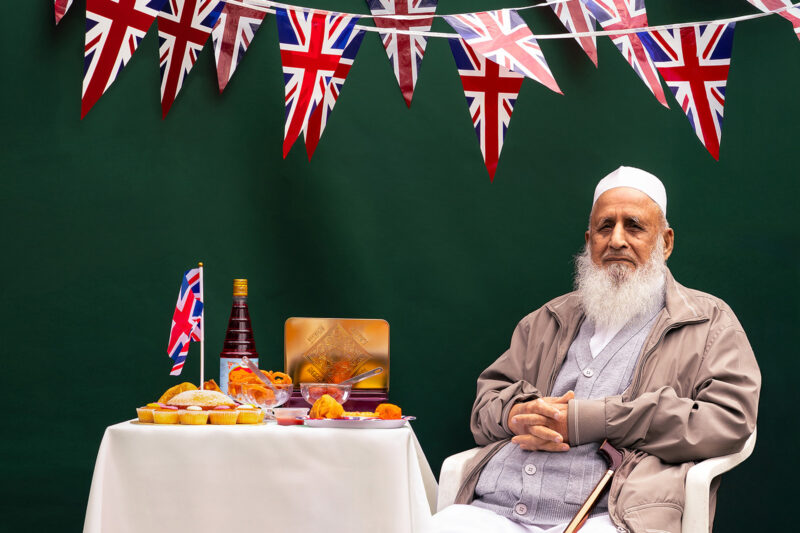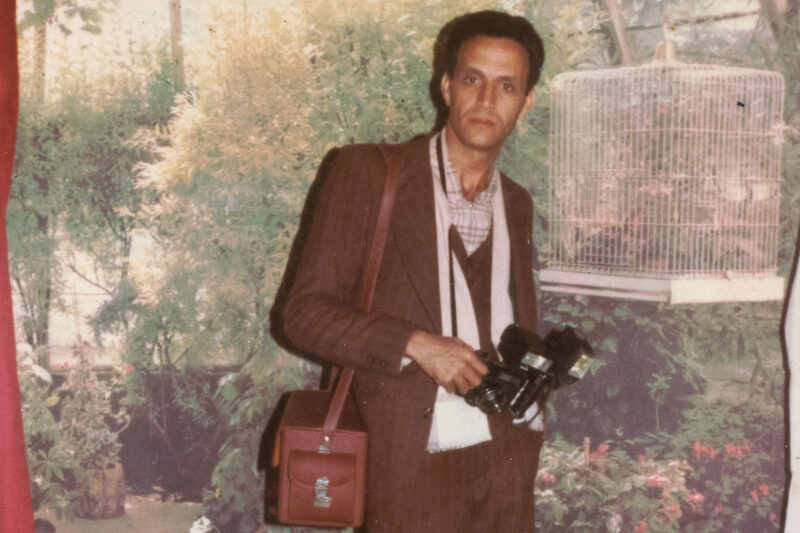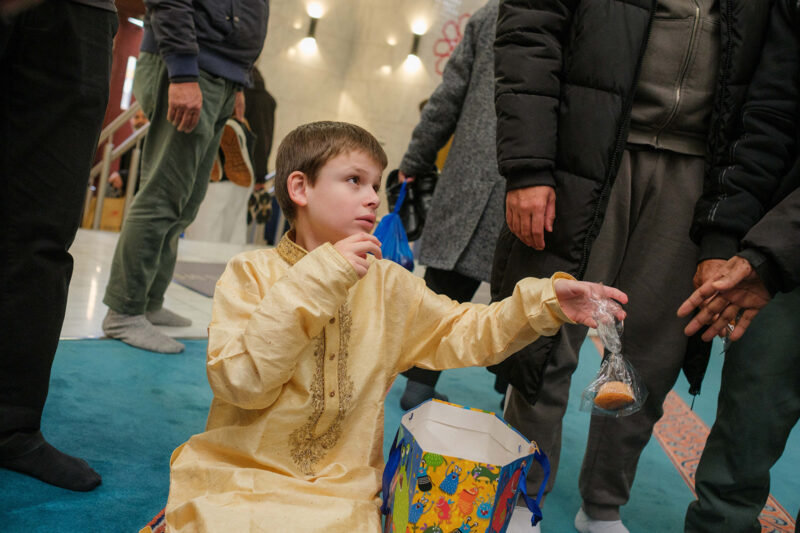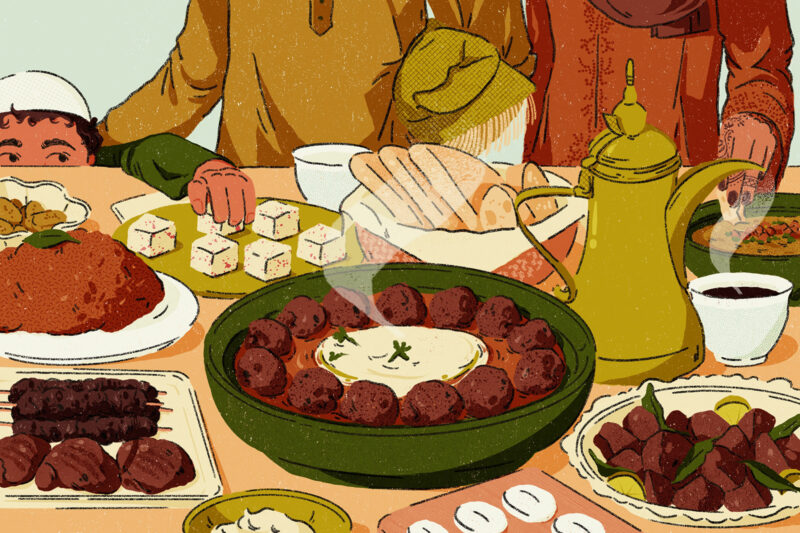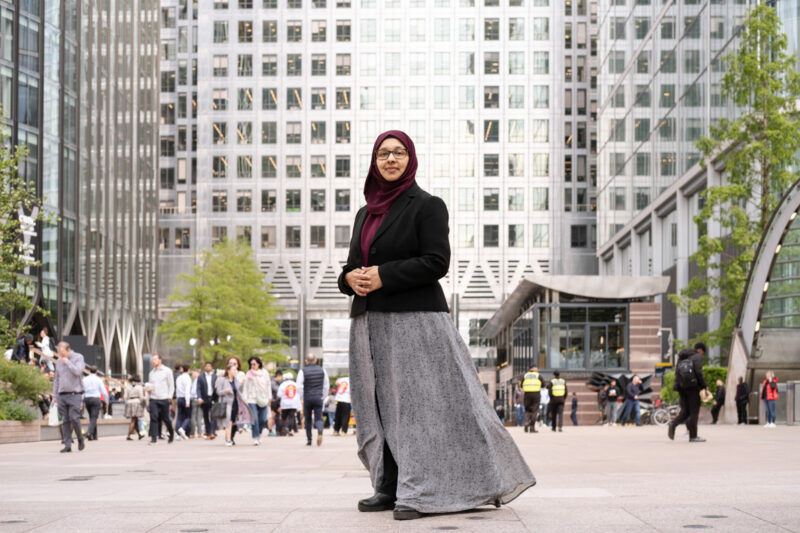A personal portrait of Umrah
Photographing my first pilgrimage to Mecca as a new mother allowed me to capture the beauty, chaos and peace of this sacred journey

In November I fulfilled a long-held dream of completing the Umrah pilgrimage to Mecca. My husband and I booked our tickets in April 2024, after a tumultuous period that began with the birth of our son in August 2023.
His arrival was difficult. My plan of a medication-free hypnobirth was quickly abandoned. When my waters broke, the midwife discovered a serious problem and acted swiftly, rushing us to the operating theatre. His heart rate kept decelerating and I remember being overcome with fear. That feeling soon turned into gratitude when I first got to hold him and knew he was safe.

As Muslims, we believe that completing Umrah or Hajj is accepting an invitation from Allah. Unlike Hajj, which is required once in a lifetime for those able to make the journey, Umrah is voluntary and can be undertaken at any time of year. The rituals involve entering a state of purity known as ihram, performing tawaf — circling the Kaaba seven times — and walking between the hills of Safa and Marwa. Though not obligatory, it is an immensely sacred experience and presents an opportunity to renew our connection with God.
Every year, countless Muslims make the journey. When I was growing up, my family had a large poster of the Kaaba in our living room. During Ramadan, we would tune in to the Islam Channel to wait for the Maghrib adhan, which signalled the time to break our fast, and watch people in the holy city. Seeing Mecca for myself, though, felt far off; something for some undefined day in the future.

When my husband and I first discussed the trip, I worried whether we could afford it and whether the physical effort would be too much for me, especially accompanied by our one-year-old son. Then something shifted in me. I decided to use my savings and trust in God’s plan.
Even after booking our tickets, I still had my doubts. I feared the flight would be cancelled or that something terrible could happen before we reached our destination. With each step — boarding the plane, staying in the air, landing in Saudi Arabia — I felt grateful and more relaxed.
We started our journey in Medina, beloved city of the prophet Muhammad (PBUH) and a place filled with a peace that is difficult to put into words. Although not a mandatory part of the Umrah rituals, visiting Medina is meaningful for many pilgrims. I’ll always remember its thousands of birds and how they made me think of the journey we had made there.
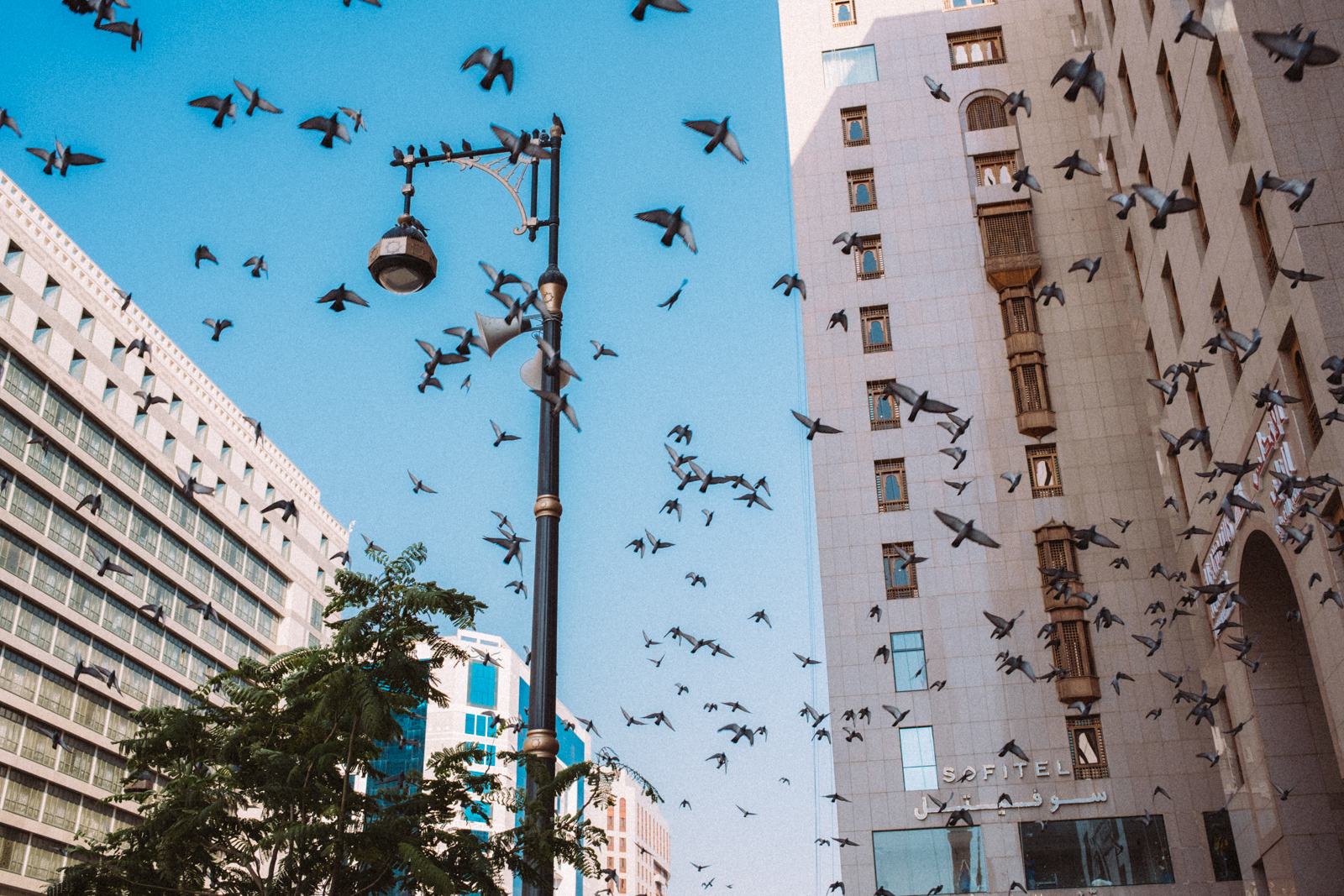
Our preparation for Umrah began on our final evening in Medina. I performed ghusl, a full-body purification ritual, and clipped my nails in readiness. The next day, we boarded the high-speed train to Mecca. Shortly into the journey a man announced we were approaching the Miqat, one of the five points marking the start of ihram. A group of men began chanting the talbiyah, the intention to start Umrah. I joined them quietly. The words stick with me: “Here I am, O Allah, here I am, here I am.”
Once in Mecca, my husband and I wanted to complete the pilgrimage right away. He wore his white garments and I wore a new abaya with my son tucked into a baby carrier over it.
For weeks, I had feared that the trip would be too much for our son. My sister, who completed her Umrah a few months earlier, told me she had seen many sleeping babies during her trip. “Not my son,” I thought. Yet, within minutes of starting tawaf, he was fast asleep against my chest. Despite the crowd and noise, nothing could wake him. It felt like a blessing.

My reasons for wanting to complete Umrah at this stage of my life are many. After a traumatic birth, I felt miles away from the person I used to be. I doubted myself deeply and felt far from God. My prayers had become mechanical and my heart felt numb. I was physically and mentally exhausted. In the early days, even my baby’s cries were enough to send me into a deep panic.
In Medina and Mecca, I saw many parents praying alongside their children. Outside Masjid Quba in Medina, the first mosque built in Islam, I sat near a woman whose baby lay on his tummy as she played with him. When the call to prayer came, the child played peacefully as she prayed. My son, meanwhile, was buckled into his buggy, crying to be held. I focused and felt grateful for the women around me, praying despite the challenges. If they could do it, so could I.

Arriving in Mecca was a shock to the system. I had never been around so many people at once, yet I was struck by the beauty of it all. We were there to worship together. Men in white were everywhere, many with shaved heads, marking the completion of their Umrah.
At the end of ours, my husband shaved his head and I cut an inch off my hair. Doing so, I felt an intense emotion. I was more exhausted than I’d ever been, but I thought about the elderly pilgrims I’d seen — frail, yet steadfast in their devotion — and was thankful that Allah had given me some of that strength.

As a photographer, there was so much I wanted to capture. But as a pilgrim, I also wanted to respect the sacred nature of the space, so sometimes my camera stayed in my bag. I wanted to convey the atmosphere and show the moments of quiet reflection, the chaos and beauty. But for every image I made, there are many more that exist only in my memory.
As we performed tawaf, I felt like a small ripple in a sea of people. Although you can pray for anyone or anything, there are specific recitations when you reach certain points. A tour guide near us spoke each line of the prayers in Arabic, pausing for his group to repeat after him, ensuring they said the right things at the right moment.

During those moments, I thought about how much I have learned over the past couple of years about patience, letting go and trusting that Allah has a plan. Two years ago, I prayed for a baby. Last year, I was blessed with a son. This year, I completed Umrah with him by my side.
 Newsletter
Newsletter



